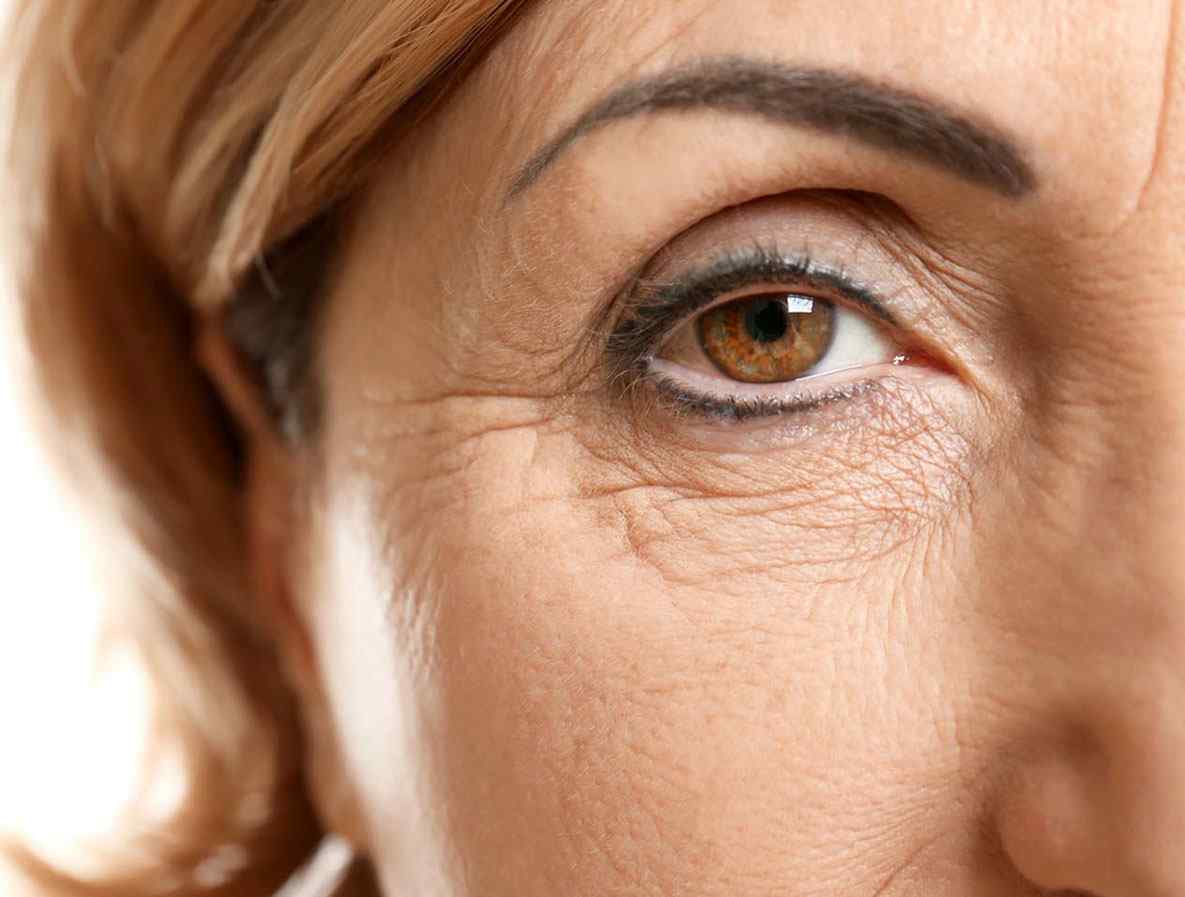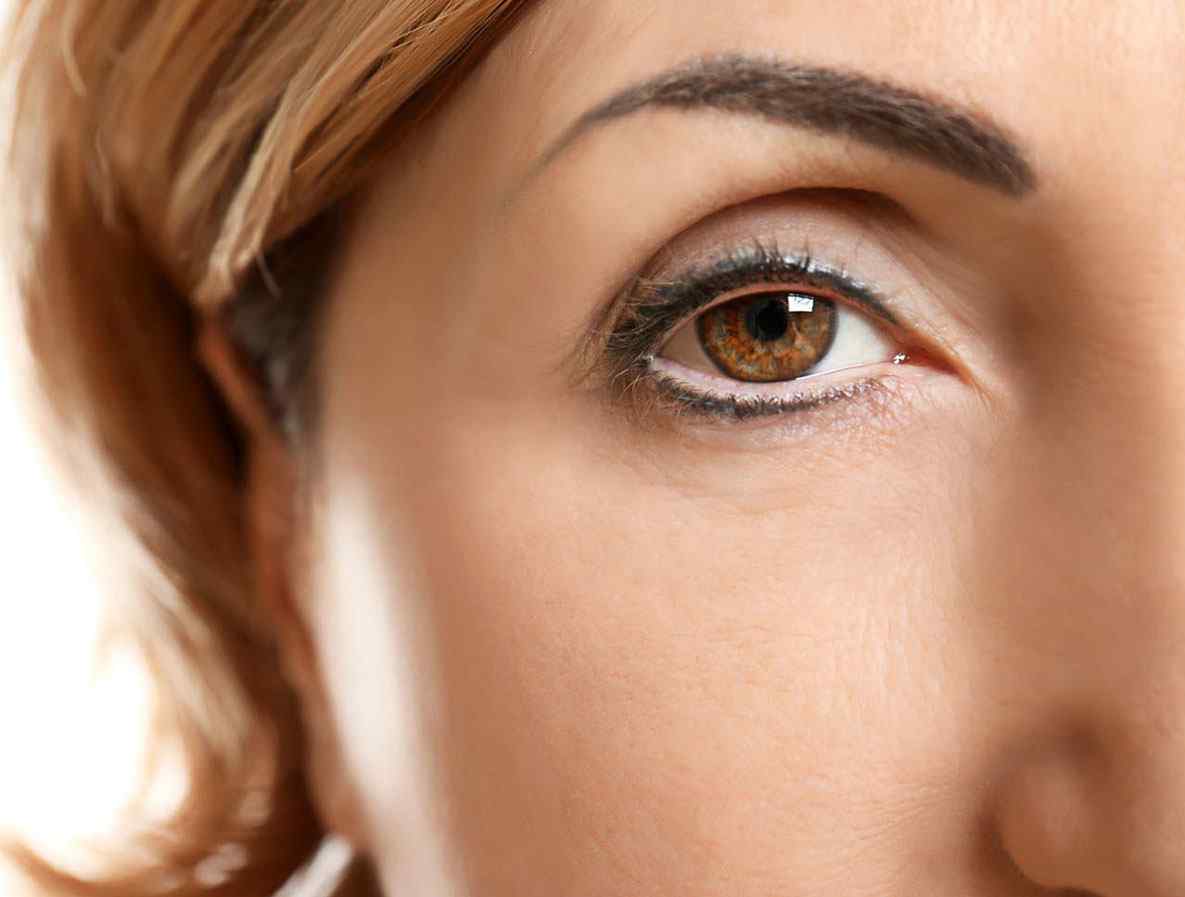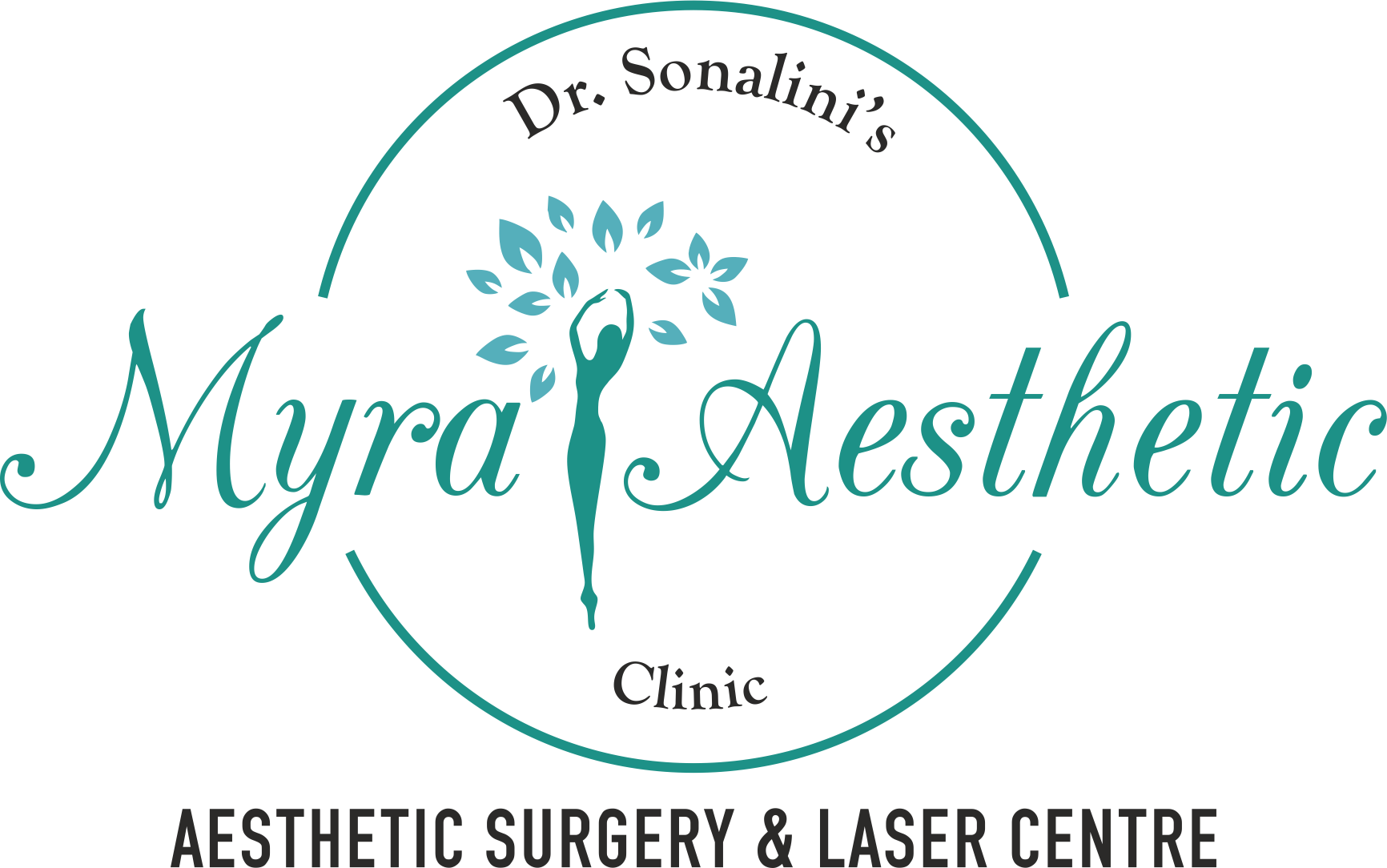Facelift/MACS Lift
A facelift, also known as a rhytidectomy, is a surgical procedure designed to address signs of aging in the face and neck. Specifically, it targets sagging skin, deep creases, jowls, and excess fat to achieve a more youthful and rejuvenated appearance. One type of facelift is the MACS (Minimal Access Cranial Suspension) lift, which is a variation of the traditional facelift technique.
Some key points about facelift and MACS lift:
1. Facelift Procedure:
Incisions: The surgeon makes discreet incisions, typically around the hairline, extending down and around the front of the ears. In some cases, an additional incision may be made under the chin to address neck concerns.
Tissue Repositioning: The underlying facial tissues are lifted and repositioned to correct sagging. Excess fat may be removed, and the muscles and tissues are tightened.
Skin Redraping: The skin is carefully redraped over the newly lifted facial contours, and any excess skin is trimmed away.
Incision Closure: The incisions are closed with sutures or other closure techniques.
Anesthesia: Facelift surgery is usually performed under general anesthesia or local anesthesia with sedation, ensuring that the patient is comfortable during the procedure.
2. MACS Lift (Minimal Access Cranial Suspension):
The MACS lift is a modified version of the traditional facelift, aimed at achieving similar results with smaller incisions and reduced scarring.
Incisions: The MACS lift involves shorter incisions, primarily around the ears, minimizing visible scarring.
Tissue Suspension: During the MACS lift, the surgeon uses sutures to suspend the deeper facial tissues, providing support and lift to the mid-face and jowls.
Recovery Time: The recovery time for a MACS lift is generally shorter compared to a traditional facelift, as it is less invasive.
3. Recovery and Aftercare:
Following facelift or MACS lift surgery, patients may experience swelling, bruising, and mild discomfort. Pain medication and cold compresses can help manage any discomfort.
It’s essential to follow the surgeon’s post-operative instructions, including care for incisions, avoiding certain activities, and attending follow-up appointments.
Strenuous activities, heavy lifting, and intense exercise should be avoided during the initial recovery period to allow for proper healing.
Patients should protect their skin from sun exposure and use sunscreen diligently to prevent complications and maintain the best results.



Do’s
- Follow Your Surgeon’s Instructions
- Keep Your Head Elevated
- Stay Hydrated
- Eat Nutritious Foods
- Take Rest
- Avoid touching or bumping your nose unnecessarily
Don’ts
- Don’t Blow Your Nose
- Don’t Engage in Strenuous Activities
- Don’t Smoke
- Don’t Wear Glasses
ADDRESS
Panjim Multispeciality Clinic
S-3, 2nd Floor, Landscape Excelsior Building,
Landmark: Above Raymond Showroom,
Dayanand Bandokar Marg, Opposite Kala Academy, Campal,
PANAJI 403001
Call us : +91 7249763347 / +91 8788305260
+91 9808700900 (Clinic)
Email us: drsonalini30@gmail.com
ADDRESS
Panjim Multispeciality Clinic
S-3, 2nd Floor, Landscape Excelsior Building,
Landmark: Above Raymond Showroom,
Dayanand Bandokar Marg, Opposite Kala Academy, Campal,
PANAJI 403001
Call us : +91 7249763347 / +91 8788305260
+91 9808700900 (Clinic)
Email us: drsonalini30@gmail.com


